Do Electric Cars Have Transmissions?
The rise of electric vehicles (EVs) has sparked a revolution in the automotive industry. As more people switch from gasoline-powered cars to electric, questions about the mechanics and design of these vehicles naturally arise. One common question is, do electric cars have transmissions? To answer this, we need to explore how EVs are designed and how they differ from traditional vehicles. Buckle up as we take a deep dive into the fascinating world of electric cars and their transmissions.
Table of Contents
ToggleThe Evolution of Electric Vehicles
Electric vehicles have come a long way since their inception. Initially considered a niche market, EVs are now mainstream, with significant advancements in battery technology, range, and performance. Brands like Tesla, Nissan, and Chevrolet have pioneered the modern EV movement, making them more accessible and appealing to the general public.
Common Misconceptions About EVs
Despite their growing popularity, electric vehicles are still surrounded by misconceptions. One of the biggest is the assumption that they function exactly like traditional gasoline-powered cars. However, when it comes to their transmissions, there are significant differences that set EVs apart.
Understanding Transmissions in Traditional Vehicles
What is a Transmission?
A transmission, also known as a gearbox, is a critical component in traditional vehicles. It transmits power from the engine to the wheels, allowing the car to move at different speeds. In essence, it converts the engine’s output into usable power for the vehicle’s drive wheels.
Types of Transmissions: Manual vs. Automatic
Transmissions come in various types, with manual and automatic being the most common. Manual transmissions require the driver to shift gears manually, using a clutch pedal and gear stick. Automatic transmissions, on the other hand, shift gears automatically based on the vehicle’s speed and acceleration.
The Role of Transmissions in Conventional Cars
In conventional gasoline-powered vehicles, transmissions are essential for maintaining efficiency and performance. They allow the engine to operate within its optimal power range, improving fuel efficiency and enabling smoother acceleration and deceleration.
Electric Vehicles
Basic Components of Electric Vehicles
Electric vehicles operate on a fundamentally different principle compared to traditional cars. They primarily consist of an electric motor, a battery pack, and an electronic control unit. Unlike internal combustion engines, electric motors deliver power instantly and do not require a complex transmission system.
How Electric Motors Work
Electric motors generate rotational force (torque) through electromagnetic fields. This process is much simpler than internal combustion engines, which rely on a series of mechanical processes to produce power. The simplicity of electric motors is one reason why EVs have a different approach to transmissions.
Comparing EVs and Traditional Vehicles
When comparing EVs to traditional vehicles, the most notable difference is the absence of a multi-gear transmission. While gasoline cars need a transmission to manage the varying power output, EVs can efficiently operate with a single-speed transmission. This difference stems from the unique properties of electric motors, which provide consistent torque across a wide range of speeds.
Do Electric Cars Have Transmissions?
The Case for Single-Speed Transmissions
Do Electric Cars Have Transmissions?
Most electric vehicles use single-speed transmissions, which means they don’t have multiple gears like traditional cars. This simplicity is possible because electric motors deliver constant power and can operate efficiently across a wide range of speeds without the need for gear changes.
Why EVs Don’t Need Multi-Gear Transmissions
Electric motors produce maximum torque at low speeds and maintain high efficiency at higher speeds. This characteristic eliminates the need for multiple gears to optimize performance and efficiency. In essence, the electric motor’s ability to provide continuous power makes multi-gear transmissions unnecessary.
The Efficiency of Electric Powertrains
Electric powertrains are inherently more efficient than internal combustion engines. They convert a higher percentage of the battery’s energy into motion, resulting in better overall efficiency. This efficiency is further enhanced by the absence of a multi-gear transmission, which reduces mechanical complexity and energy losses.
Types of Transmissions in Electric Vehicles

Single-Speed Transmissions
The majority of electric vehicles use single-speed transmissions. This design simplifies the drivetrain and reduces weight, leading to improved performance and reliability. Cars like the Tesla Model S and the Nissan Leaf exemplify the benefits of single-speed transmissions in EVs.
Multi-Speed Transmissions: Are They Necessary?
While single-speed transmissions are the norm, some high-performance electric vehicles use multi-speed transmissions to enhance their performance. These vehicles aim to maximize acceleration and top speed by using more complex gear systems. However, they are the exception rather than the rule in the EV market.
Examples of EVs with Different Transmission Setups
Electric vehicles like the Porsche Taycan and the Rimac Nevera incorporate multi-speed transmissions to achieve extraordinary performance. These cars use sophisticated transmission systems to deliver high-speed capabilities, highlighting that multi-speed transmissions can be beneficial in specific high-performance scenarios.
Advantages of Single-Speed Transmissions in EVs
Simplicity and Reliability
Single-speed transmissions are simpler and more reliable than their multi-gear counterparts. Fewer moving parts mean less wear and tear, resulting in lower maintenance costs and higher reliability over the vehicle’s lifespan.
Enhanced Performance and Efficiency
With a single-speed transmission, EVs can deliver smooth and instant acceleration. This design enhances driving performance and provides a more enjoyable driving experience. Additionally, the reduction in mechanical complexity translates to better overall vehicle efficiency.
Reduced Maintenance Needs
Fewer components mean fewer things that can go wrong. Single-speed transmissions have fewer parts that require maintenance or replacement, contributing to the lower overall maintenance costs of electric vehicles compared to traditional cars.
The Role of Regenerative Braking in EVs
What is Regenerative Braking?
Regenerative braking is a technology used in electric vehicles to recapture energy that would otherwise be lost during braking. This energy is converted back into electricity and stored in the battery, improving the vehicle’s efficiency.
How It Replaces the Need for Multiple Gears
Regenerative braking allows EVs to slow down and stop efficiently without relying on traditional braking systems. This technology complements the single-speed transmission by providing smooth deceleration and reducing the need for multiple gears to manage different driving speeds.
Benefits of Regenerative Braking
The main benefits of regenerative braking include increased energy efficiency, reduced wear on braking components, and extended range for electric vehicles. By recapturing energy, EVs can maximize their driving range and minimize energy waste.
High-Performance EVs and Transmission Technology
Multi-Gear Transmissions in High-Performance EVs
In the realm of high-performance electric vehicles, multi-gear transmissions can provide advantages in terms of acceleration and top speed. These transmissions allow the vehicle to optimize power delivery across different speed ranges, enhancing overall performance.
Case Studies: Porsche Taycan and Tesla Roadster
The Porsche Taycan and Tesla Roadster are examples of high-performance EVs that utilize multi-speed transmissions. The Taycan’s two-speed transmission allows for rapid acceleration and high top speeds, while the Tesla Roadster’s expected multi-gear setup aims to deliver unparalleled performance in the EV market.
Pros and Cons of Multi-Speed Transmissions in EVs
While multi-speed transmissions can boost performance, they also add complexity and weight to the vehicle. This can impact efficiency and increase maintenance needs. However, for drivers seeking high-speed thrills, the trade-offs may be worth it.
The Future of Transmission Technology in Electric Cars
Innovations in EV Drivetrain Technology
As electric vehicle technology continues to evolve, we can expect further innovations in drivetrain and transmission systems. Researchers and manufacturers are exploring new ways to enhance the efficiency and performance of EVs through advanced transmission technologies.
Predictions for Next-Generation EV Transmissions
Future electric vehicles may incorporate more sophisticated transmission systems to meet the demands of diverse driving scenarios. Whether through advanced single-speed designs or innovative multi-speed solutions, the goal will be to optimize the balance between performance, efficiency, and simplicity.
Impact on EV Performance and Efficiency
Advancements in transmission technology will likely lead to improvements in both performance and efficiency for electric vehicles. As manufacturers continue to innovate, we can anticipate even more efficient and powerful EVs that cater to a wide range of drivers and preferences.
Comparing Costs: Transmission in EVs vs. Traditional Cars
Initial Costs and Long-Term Savings
Electric vehicles generally have higher upfront costs compared to traditional cars, but they offer significant long-term savings. The simpler transmission systems in EVs contribute to lower maintenance and repair costs over the vehicle’s lifespan.
Maintenance and Repair Considerations
Traditional vehicles with complex transmission systems require more frequent maintenance and repairs. In contrast, the simpler design of EV transmissions results in fewer maintenance requirements and lower repair costs, making them more economical in the long run.
Total Cost of Ownership
When considering the total cost of ownership, electric vehicles often come out ahead due to their lower maintenance costs and reduced fuel expenses. The efficient transmission systems in EVs play a key role in minimizing these costs, making them a smart choice for cost-conscious consumers.
Electric Vehicles and Driving Experience

Smoothness and Instant Torque
One of the standout features of electric vehicles is their ability to deliver smooth and instant torque. This characteristic provides a seamless and responsive driving experience, especially when paired with a single-speed transmission.
Driving Dynamics of Single-Speed vs. Multi-Speed EVs
While single-speed transmissions offer simplicity and efficiency, multi-speed transmissions can enhance driving dynamics by providing better acceleration and higher top speeds. The choice between these systems depends on the driver’s preferences and performance needs.
User Experience and Feedback
Drivers of electric vehicles often praise the smooth and quiet driving experience that comes with single-speed transmissions. The lack of gear shifts and the instant torque from the electric motor create a unique and enjoyable driving feel that sets EVs apart from traditional cars.
Common Myths About Electric Car Transmissions
Dispelling Misconceptions
Many myths surround the transmission systems in electric vehicles. One common misconception is that EVs lack the performance capabilities of traditional cars due to their simpler transmissions. In reality, EVs often outperform their gasoline-powered counterparts in terms of acceleration and efficiency.
Clarifying Technical Details
Understanding the technical aspects of EV transmissions helps clarify these misconceptions. The design and functionality of electric motors allow for efficient power delivery without the need for complex multi-gear transmissions, debunking the myth that EVs are less capable.
Real-World Examples
Real-world examples, such as the high-performance Tesla Model S Plaid and the Porsche Taycan, demonstrate that electric vehicles can achieve extraordinary performance even with single or multi-speed transmissions. These vehicles show that EVs are not only efficient but also capable of delivering thrilling driving experiences.
Environmental Impact of Transmission Technology in EVs
Reduced Energy Losses
The simplified transmission systems in electric vehicles contribute to reduced energy losses, making them more efficient than traditional cars. This efficiency translates to lower energy consumption and a smaller environmental footprint.
Lower Emissions and Environmental Benefits
Electric vehicles produce zero tailpipe emissions, and their efficient transmission systems further enhance their environmental benefits. By reducing energy losses and improving overall efficiency, EVs play a crucial role in lowering greenhouse gas emissions and combating climate change.
Sustainable Manufacturing Practices
Many electric vehicle manufacturers are committed to sustainable manufacturing practices. The simpler transmission systems in EVs require fewer resources to produce and maintain, contributing to more environmentally friendly production processes.
Consumer Considerations and Choices
What to Look for in an EV Transmission
When choosing an electric vehicle, consumers should consider the type of transmission system that best suits their needs. Single-speed transmissions offer simplicity and reliability, while multi-speed transmissions can provide enhanced performance for high-speed driving.
Evaluating Different EV Models
Evaluating different EV models involves comparing their transmission systems, performance capabilities, and overall efficiency. Consumers should assess how these factors align with their driving habits and preferences to make an informed decision.
Making an Informed Decision
Making an informed decision about an electric vehicle involves understanding the benefits and trade-offs of different transmission systems. By considering factors such as performance, efficiency, and maintenance needs, consumers can choose the EV that best fits their lifestyle and budget.

Conclusion
Now you know Do Electric Cars Have Transmissions? Electric vehicles represent a significant shift in automotive technology, with their unique transmission systems playing a crucial role in their efficiency and performance. Most EVs use single-speed transmissions due to the consistent torque delivery of electric motors, which simplifies the drivetrain and enhances reliability. While some high-performance EVs incorporate multi-speed transmissions to achieve exceptional speed and acceleration, the majority of electric cars thrive on simplicity and efficiency. As the technology continues to evolve, we can expect even more innovations in EV transmission systems, further enhancing the driving experience and environmental benefits of electric vehicles.
FAQs
1. Do all electric cars have a single-speed transmission?
No, while most electric vehicles use single-speed transmissions, some high-performance models, like the Porsche Taycan, utilize multi-speed transmissions to optimize performance.
2. How does the lack of a traditional transmission affect EV performance?
The absence of a multi-gear transmission simplifies the drivetrain, leading to smoother and more responsive acceleration. Electric motors provide consistent torque, eliminating the need for multiple gears.
3. Are there any electric cars with manual transmissions?
While rare, there are a few experimental and niche electric vehicles with manual transmissions. However, they are not common in the mainstream EV market.
4. What is the main advantage of having a single-speed transmission in EVs?
Single-speed transmissions offer simplicity, reliability, and efficiency. They reduce mechanical complexity and maintenance needs, contributing to a smoother and more enjoyable driving experience.
5. How do electric car transmissions contribute to lower maintenance costs?
Electric car transmissions have fewer moving parts compared to traditional multi-gear transmissions, resulting in less wear and tear and lower maintenance and repair costs over time.
This was the whole article on Do Electric Cars Have Transmissions?
Read more:
Do Electric Vehicles Decrease Overall Emissions Essay ? | A Full Guide
Do Electric Vehicles Decrease Overall Emissions Essay ? As the world grapples with the pressing need to combat climate change, the spotlight often falls on reducing emissions from various sectors, including transportation. Electric vehicles (EVs) have emerged as a promising … Read more
Benefits of Switching to an Electric Vehicle (2024) Full Guide
Benefits of Switching to an Electric Vehicle (2024) EV adoption is spreading beyond the purview of tech enthusiasts and is becoming more frequent. Electric vehicles (EVs) are growing in popularity because they are not only environmentally friendly but also offer … Read more
Cargo Ship Fire Electric Cars 2022 | Full Incident | Reason | Losses
Cargo Ship Fire Electric Cars In February 2022, the shipping industry witnessed a dramatic event that raised concerns about the transportation of electric vehicles (EVs) by sea. A cargo ship fire, the “Cargo Ship Fire Electric Cars” incident, erupted on … Read more
Electric Cars with 3 Wheels | Advantages | Types | Cost | Popular Brands
Electric Cars with 3 Wheels Electric Cars with 3 Wheels: The Future of Sustainable Mobility As the world seeks sustainable solutions to combat climate change, electric vehicles (EVs) have emerged as one of the leading contenders. While most EVs come … Read more
Electric vs Gasoline Cars | 5 Key Differences | Which One To Choose? | Guide
Electric vs Gasoline Cars | Key Differences | Which One To Choose When it comes to choosing between electric cars and gasoline cars, there are a lot of factors to consider. In this article, we will be exploring the differences … Read more
Which Electric Car Has the Longest Range? Top Contenders for Ultimate Efficiency Electric vehicles (EVs) are gaining popularity as petrol costs rise and environmental awareness rises to new heights. With so many options on the market, a critical question arises.: … Read more
The Benefits of Electric Cars for Urban Living: Sustainable Mobility Solutions
The Benefits of Electric Cars for Urban Living: Sustainable Mobility Solutions In today’s world, when environmental consciousness and sustainable living are top objectives, electric vehicles are emerging as a major changer in urban areas. These quiet, powerful, and environmentally friendly … Read more
Top Luxury Electric Car Brands (2024) | The Rise of Luxury Electric Cars
The Rise of Luxury Electric Cars The auto industry is undergoing a stealthy revolution, with luxury electric vehicles leading the way. Previously considered a niche market, these stylish, powerful, and environmentally responsible vehicles are now stealing the hearts (and budgets) … Read more
The Benefits of Electric Cars for Businesses: Cost Savings and Environmental Impact
The Benefits of Electric Cars for Businesses: Cost Savings and Environmental Impact Electric cars have grown in popularity in recent years, both among individual consumers and organizations trying to optimize their transportation plans. In this comprehensive guide, we will look … Read more
The Future of Electric Cars: 10 Facts | What to Expect in the Next Decade
The Future of Electric Cars: What to Expect in the Next Decade Electric vehicles have gone a long way since their start, and the future appears more promising than ever. With technological developments, rising environmental concerns, and altering customer preferences, … Read more
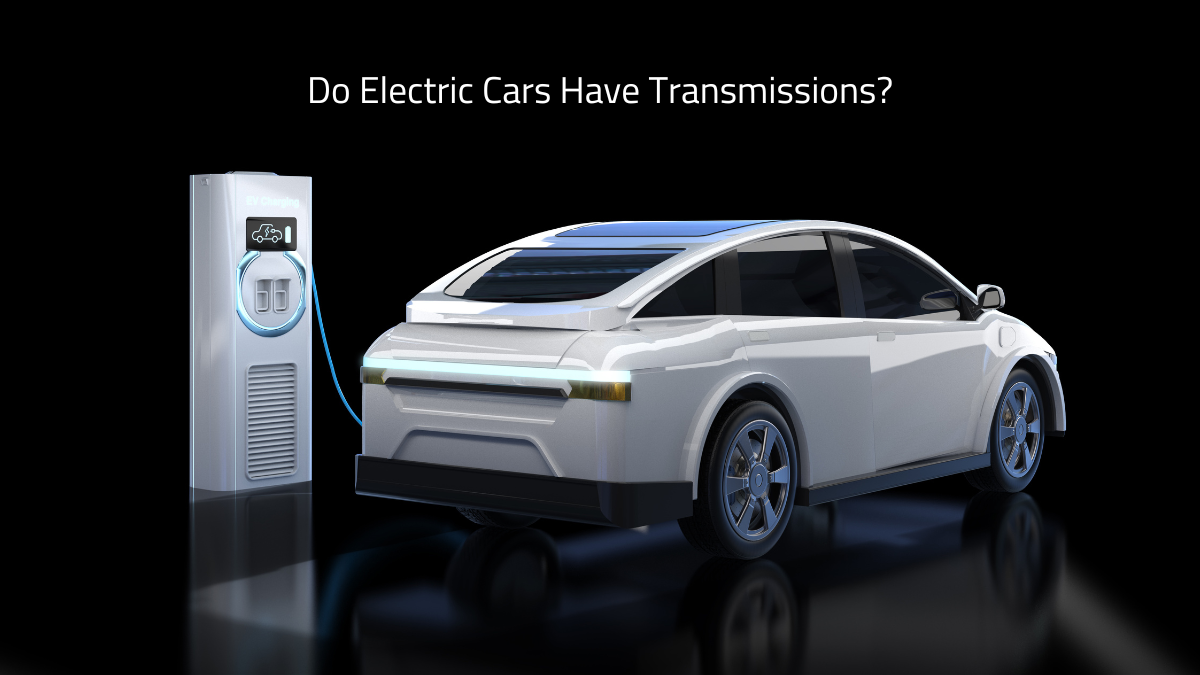
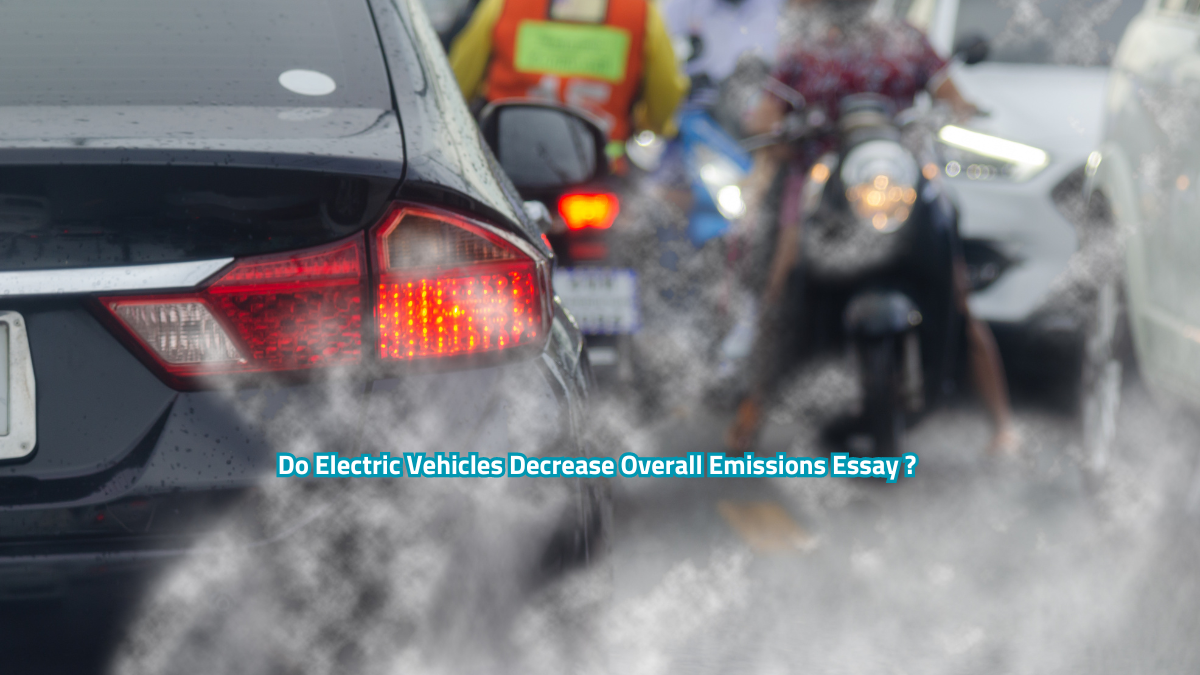
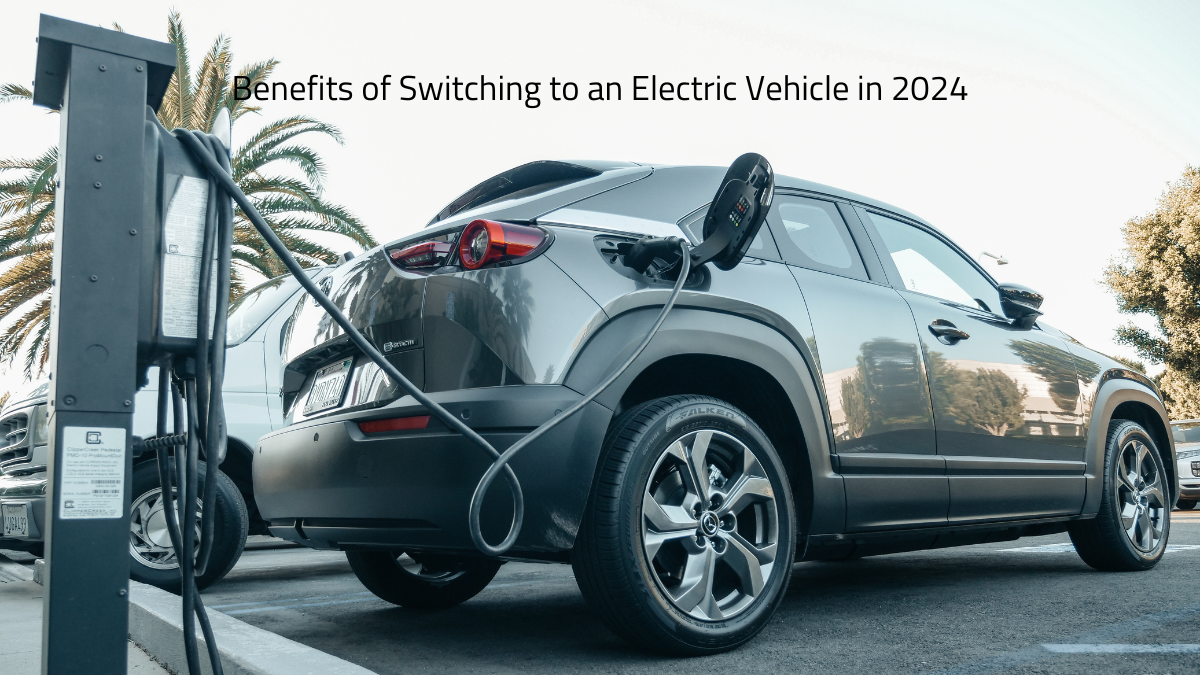


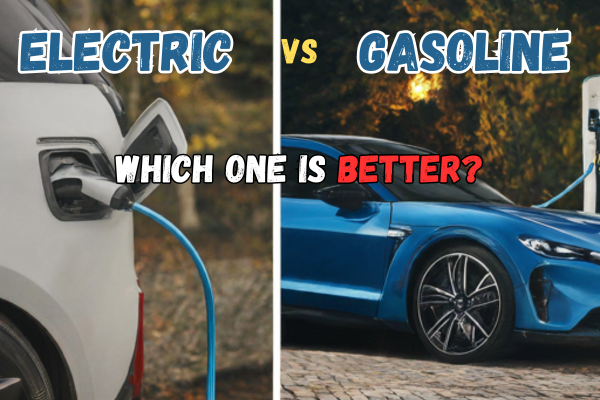


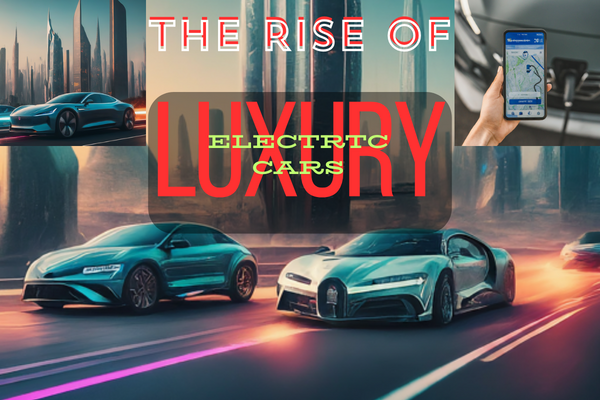
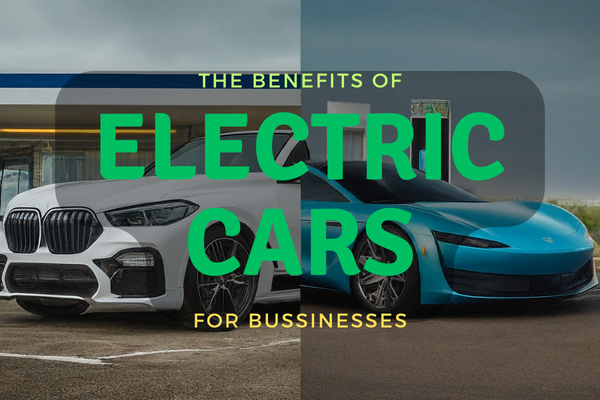
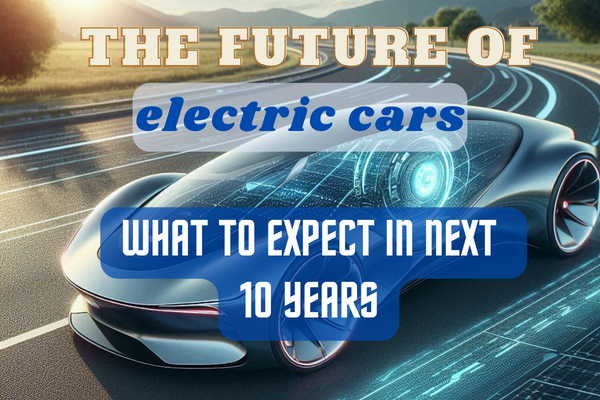
4 thoughts on “Do Electric Cars Have Transmissions”